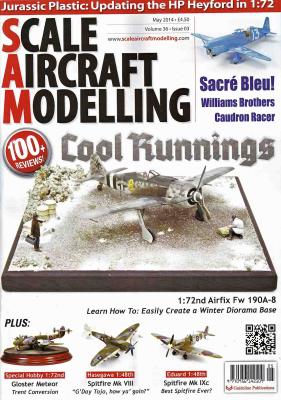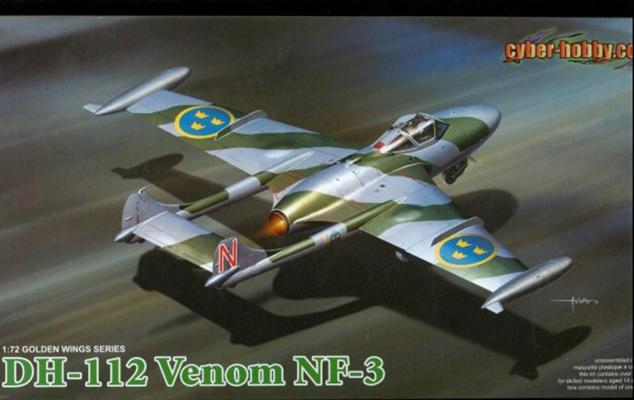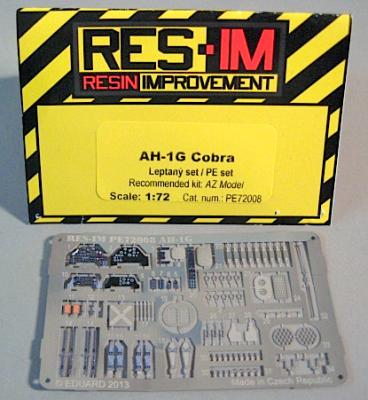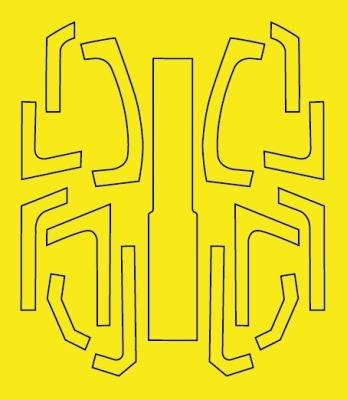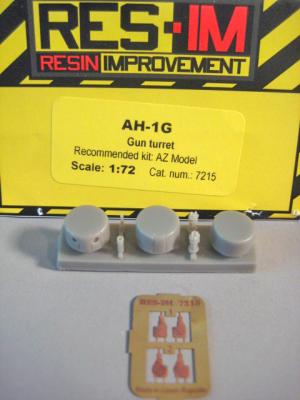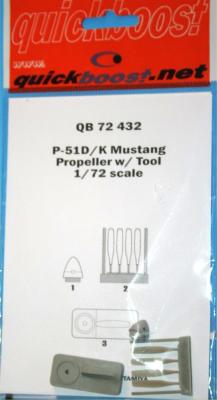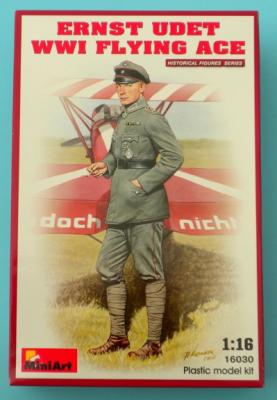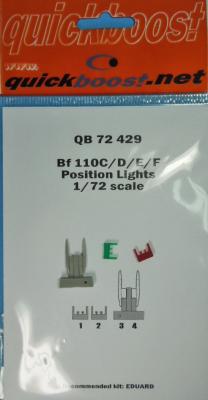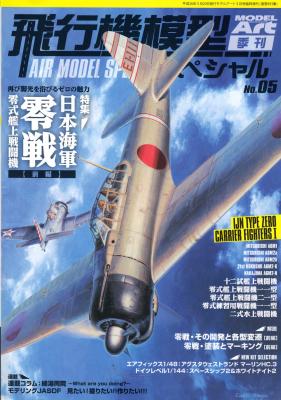Each issue of Scale Aircraft Modeling follows a basic design and format. There are usually two Feature Articles, an Aviation in Profile piece, industry news and a series of Compact Build Reviews. The great news of or this issue is that there are three feature articles.
The feature articles for this issue covers a build of 1/72 Revell H.P. Heyford, a 1/72 Airfix FW190A-8 in a winter diorama setting and a 1/48 Trumpeter A-3D Skywarrior as a bonus. The Heyford build is by Neil Pinchbeck and covers the construction of this vintage kit first released by Matchbox in the 1980's. I love this article as it shows just what can be done with a vintage kit including sections on correcting flaws, scratch building cockpits and rigging. The results are awesome.

